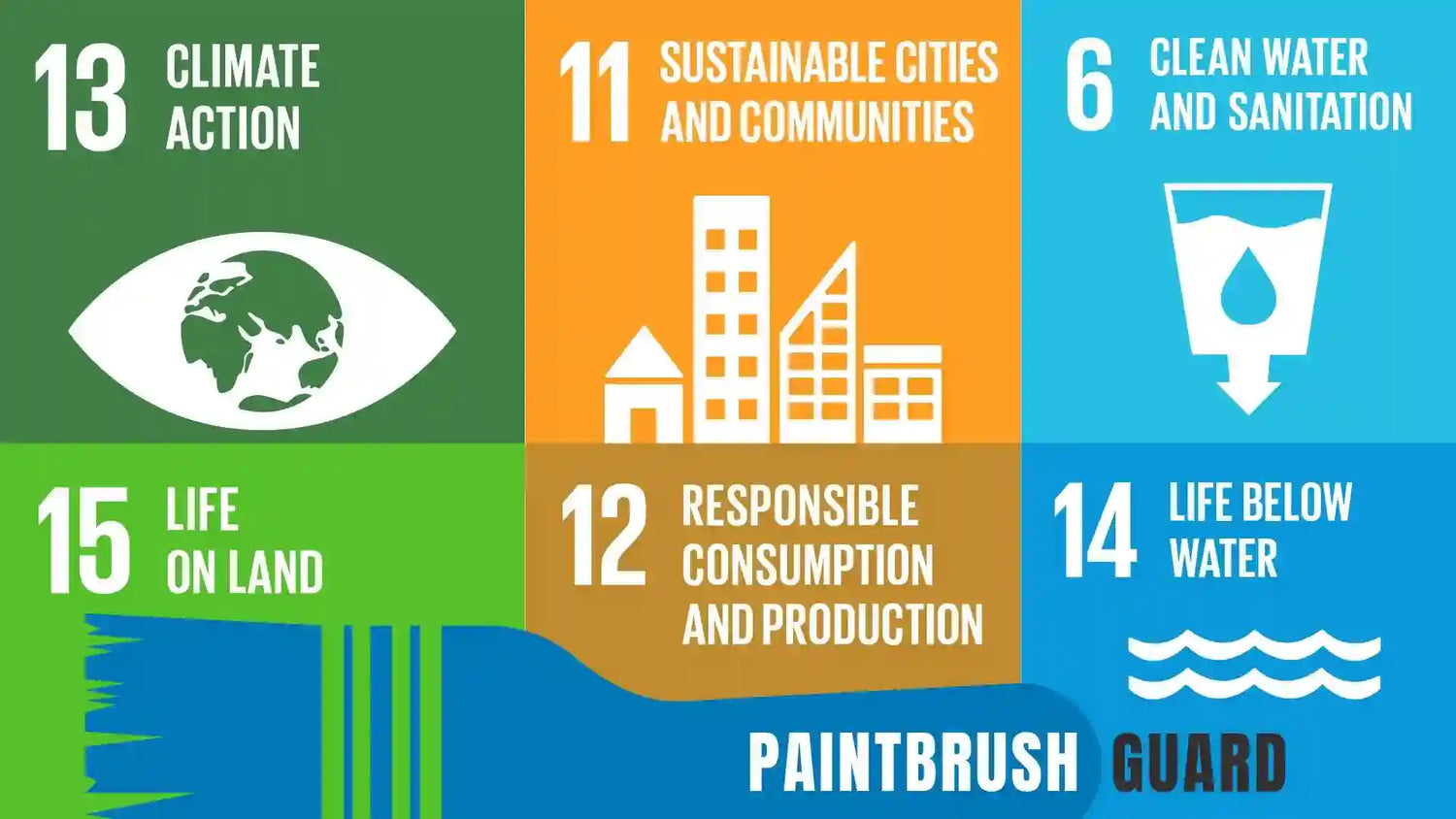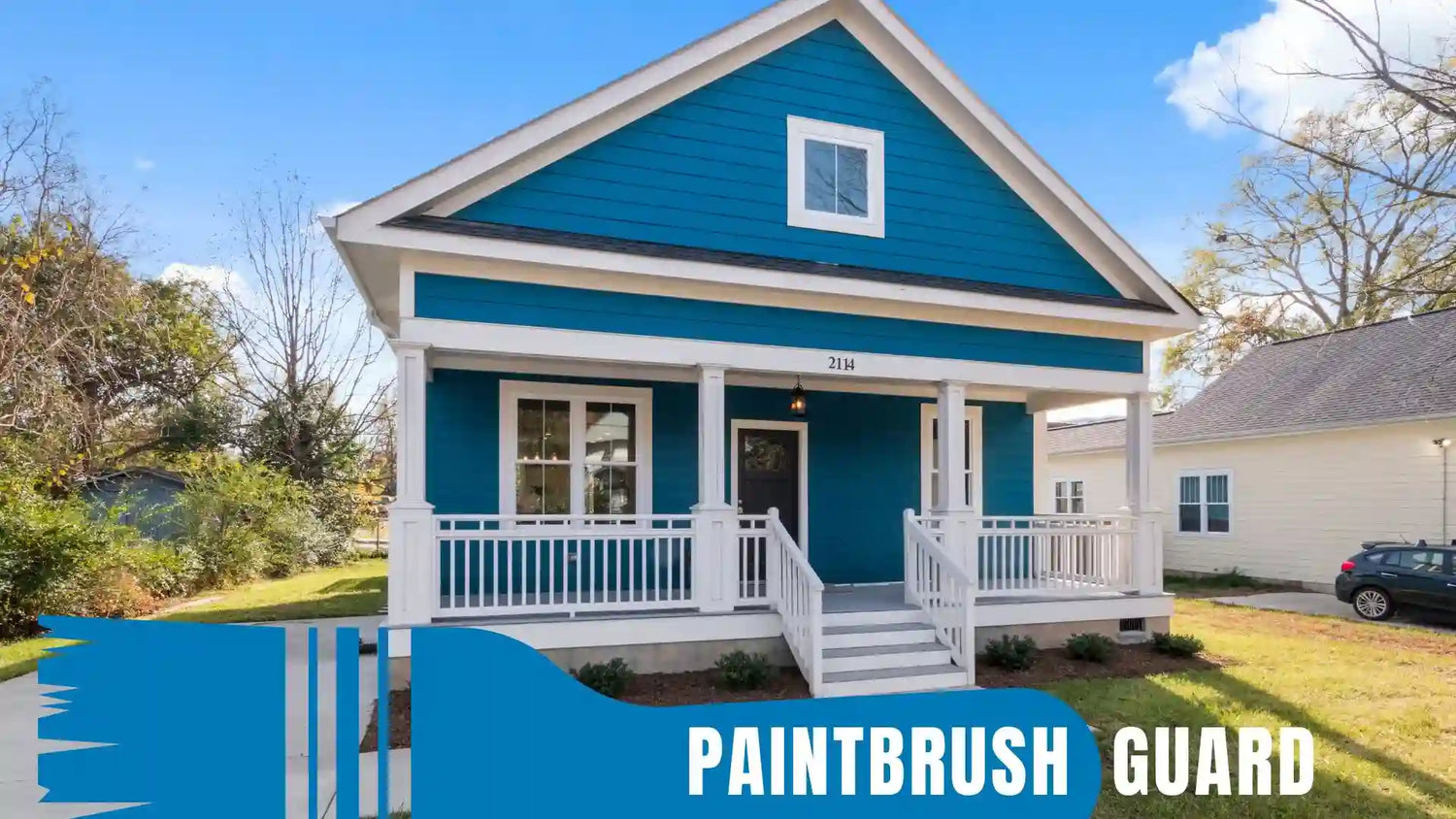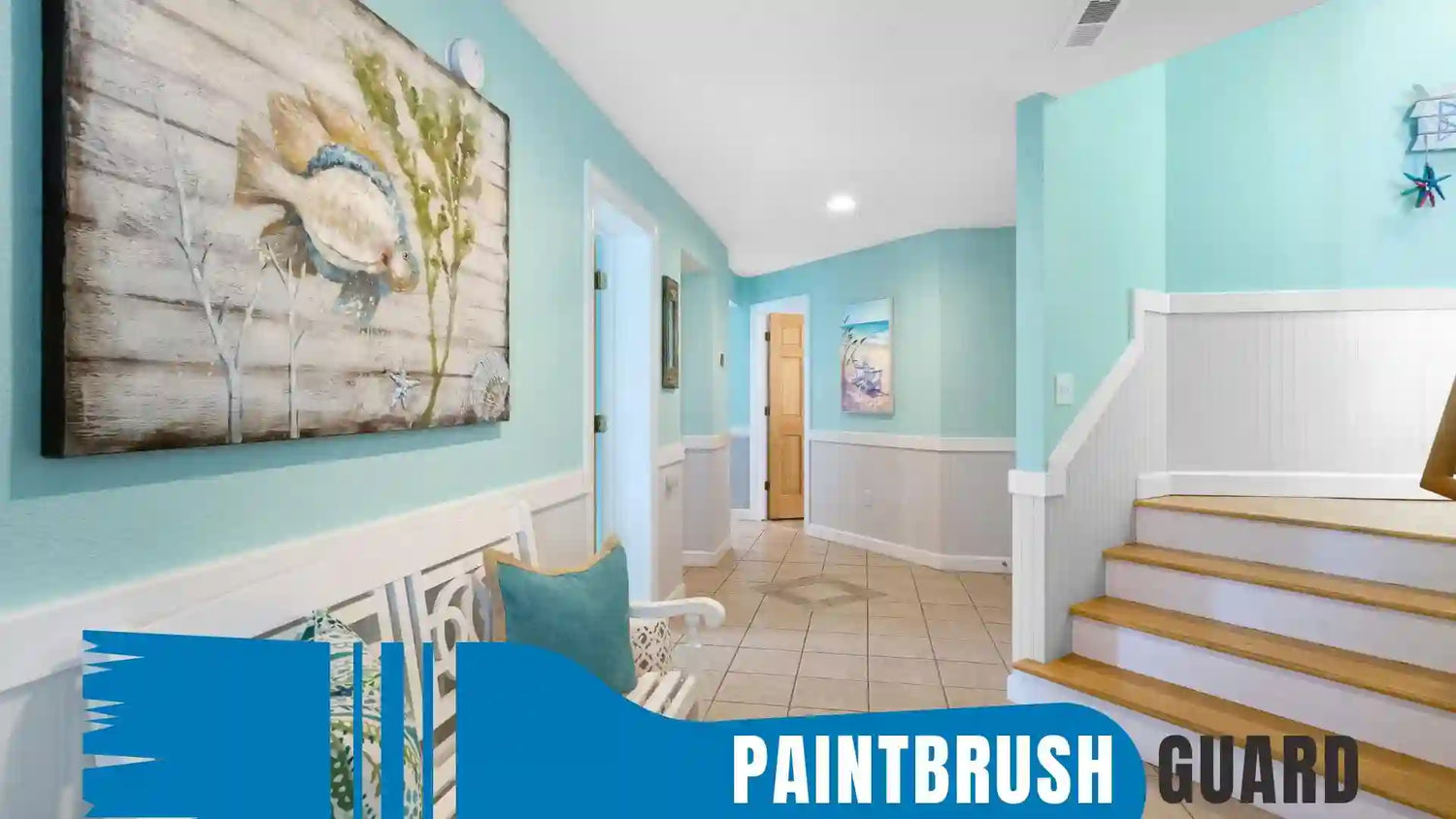For exterior metal surfaces, the right exterior metal paint ensures durability and a polished look. Use direct to metal (DTM) paint, oil based paint or acrylic latex paint designed for metal.
These options offer strong adhesion, weather resistance and protection against rust. Your choice depends on the metal type, climate and surface condition, but DTM paint is often preferred for its versatility and ease of use.
This article explores the types of exterior metal paint, their applications and essential tips for a lasting finish.
By selecting the right paint and following best practices, you can protect and enhance your metal surfaces effectively.
Check out the article on exterior metal painting steps for a professional finish
Table of contents
- Why choosing the right exterior metal paint matters
- Types of exterior metal paint
- Factors to consider when choosing exterior metal paint
- How to prepare exterior metal for painting
- Application tips for exterior metal paint
- Pros and cons of popular exterior metal paint
- Conclusion
Why choosing the right exterior metal paint is important
Selecting the appropriate exterior metal paint is critical to ensure your project withstands environmental challenges and maintains its appeal.
Exterior metal surfaces, such as fences, railings or siding, face relentless exposure to rain, UV rays and temperature shifts.
Without proper exterior metal paint, these surfaces can rust, fade or peel, leading to costly repairs. The right paint shields against corrosion and enhances appearance, ensuring longevity.
Additionally, exterior metal paint must stick to smooth or non porous surfaces, which can be tricky without the right formula or preparation.
Choosing a high quality exterior metal paint and applying it correctly guarantees a durable, vibrant finish that withstands harsh conditions.
Types of exterior metal paint
Understanding the different types of exterior metal paint helps you choose the best option for your project’s needs.
Several exterior metal paint options exist, each suited for specific applications.
Here’s a look at the most common types
- Direct to Metal (DTM) Paint: Formulated for metal, this paint provides excellent adhesion and rust protection. It often combines primer and topcoat, reducing application steps. Ideal for railings or machinery, DTM paint suits both residential and industrial projects.
- Oil Based Paint: This offers a tough, moisture resistant finish, perfect for harsh environments. It dries slowly and requires solvent cleanup, but provides long lasting protection.
- Acrylic Latex Paint: Water based and eco friendly, this paint is flexible, resisting cracks in changing temperatures. It’s easy to clean, but may need a primer for best adhesion.
- Epoxy Paint: Known for durability and chemical resistance, epoxy paint is great for industrial settings. However, it may yellow under sunlight.
- Urethane Paint: This provides a glossy, UV resistant finish that withstands abrasion. It’s pricier, but ideal for high end projects.
Each exterior metal paint type has unique strengths, so consider your project’s requirements when choosing.
Factors to consider when choosing exterior metal paint
Before selecting an exterior metal paint, evaluate key factors to ensure optimal performance and aesthetics. Choosing the right exterior metal paint involves assessing several aspects to match the paint to your specific project.
Consider these factors
- Metal Type: Steel, aluminum or galvanized metal each require specific paint. For example, galvanized metal needs paint compatible with its zinc coating to avoid peeling.
- Climate: Coastal areas demand corrosion resistant exterior metal paint due to salt and humidity. In sunny regions, UV resistant paint prevents fading.
- Surface Condition: Rusty metal requires rust inhibiting primer or paint, while smooth, new metal may only need a high adhesion topcoat.
- Finish: Exterior metal paint comes in matte, satin, semi gloss or gloss finishes. Glossy paint is easy to clean, but shows imperfections, while matte hides flaws, but may wear faster.
- Application Method: Some paint works better with brushes, rollers or sprayers. Check the product’s guidelines for the best method.
By weighing these factors, you can choose the ideal exterior metal paint for your project.
How to prepare exterior metal for painting
Proper preparation sets the foundation for a successful exterior metal paint application. Preparing exterior metal surfaces ensures the paint adheres well and performs effectively over time.
Check out this article: Do you need to prime exterior metal before painting?
Follow these steps for success
- Clean Thoroughly: Use a degreaser or soapy water to remove dirt, grease or grime. Rinse and dry completely.
- Remove Rust or Old Paint: Scrape rust or peeling paint with a wire brush, sandpaper or chemical remover. Smooth the surface for better adhesion.
- Sand Smooth Surfaces: Lightly sand glossy or non porous metal to improve paint grip. For aluminum, use a self etching primer.
- Prime if Needed: Apply a rust inhibiting primer for bare or rusty metal. Some DTM paint skips this step.
- Protect Surroundings: Use painter’s tape and drop cloths to shield nearby areas from drips or overspray.
Good preparation ensures your exterior metal paint delivers a lasting, professional finish.
Check out this article: What happens if you don't sand metal before painting?
Application tips for exterior metal paint
Applying exterior metal paint correctly enhances its durability and visual appeal. To achieve a flawless finish, proper application techniques are essential for exterior metal paint projects.
Check out this article: How long does exterior paint last on metal?
Here are practical tips
- Check Weather: Paint in mild conditions (50–85°F) with low humidity for proper drying. Avoid direct sunlight or rain.
- Choose Tools: Use quality brushes or foam rollers for small areas and sprayers for larger surfaces for an even coat.
- Apply Thin Layers: Multiple thin coats of exterior metal paint prevent drips and ensure even coverage. Let each coat dry fully.
- Follow Instructions: Check the paint can for drying times, recoat intervals and application methods.
- Clean Tools: Wash brushes, rollers or sprayers immediately after use to maintain their condition.
These tips help you achieve a smooth, durable finish with your exterior metal paint.
Pros and cons of popular exterior metal paint
Comparing the benefits and drawbacks of exterior metal paint types aids in decision making.
Check out this article: Can you paint metal in the rain? 5 tips for metal painting
Before choosing an exterior metal paint, consider the advantages and limitations of each option:
Direct to Metal (DTM) Paint
DTM paint is a specialized exterior metal paint that adheres directly to metal surfaces, often combining primer and topcoat for efficiency and strong rust protection.
Pros:
- Combines primer and topcoat, saving time.
- Strong adhesion and rust resistance.
- Versatile for various metals.
Cons:
- Higher cost than some alternatives.
- Limited color or finish options in some brands.
Oil Based Paint
Oil based paint is a solvent based exterior metal paint that forms a hard, durable coating, ideal for withstanding moisture and harsh weather conditions.
Pros:
- Durable and moisture resistant.
- Great for harsh climates.
- Hard, smooth finish.
Cons:
- Slow drying time.
- Solvent cleanup required.
- Strong application odor.
Acrylic Latex Paint
Acrylic latex paint is a water based exterior metal paint, offering flexibility and eco friendly properties, suitable for fluctuating temperatures.
Pros:
- Eco friendly and low odor.
- Water cleanup.
- Flexible to resist cracking.
Cons:
- May need a primer for adhesion.
- Less durable in extreme conditions.
Epoxy Paint
Epoxy paint is a tough, chemical resistant exterior metal paint, commonly used in industrial settings for its durability and protective qualities.
Pros:
- Tough and chemical resistant.
- Ideal for industrial use.
Cons:
- May yellow in sunlight.
- Complex application process.
Urethane Paint
Urethane paint is a premium exterior metal paint with a glossy, UV resistant finish, designed for high end projects requiring abrasion resistance.
Pros:
- Glossy and UV resistant.
- Resists abrasion well.
Cons:
- Expensive.
- May require professional application.
These pros and cons guide you to the best exterior metal paint for your needs.
Conclusion
Selecting the right exterior metal paint is crucial for protecting and enhancing surfaces like fences, railings or outdoor furniture exposed to harsh elements.
Direct to metal, oil based or acrylic latex paint offers reliable options, each tailored to specific conditions and aesthetic goals.
For instance, DTM paint streamlines the process by combining primer and topcoat, while oil based paint excels in moisture resistance.
Meanwhile, thorough preparation, such as cleaning, sanding and priming, ensures strong adhesion and longevity. Additionally, applying thin coats in optimal weather conditions enhances the finish’s durability and visual appeal.
By carefully choosing and applying exterior metal paint and following these best practices, you can achieve a vibrant, professional quality result that withstands time and weather, ensuring your metal surfaces remain protected and attractive for years.











